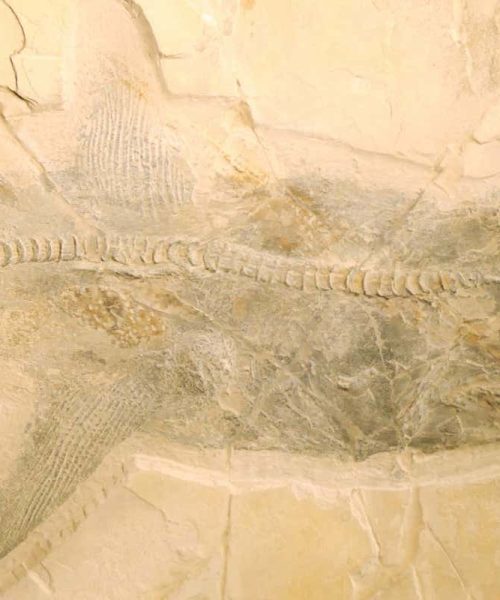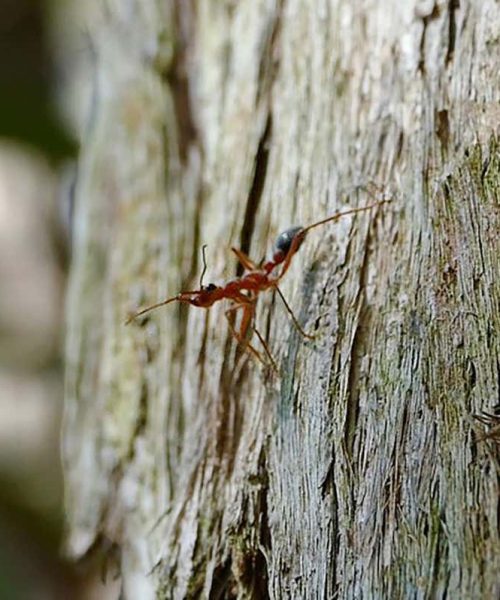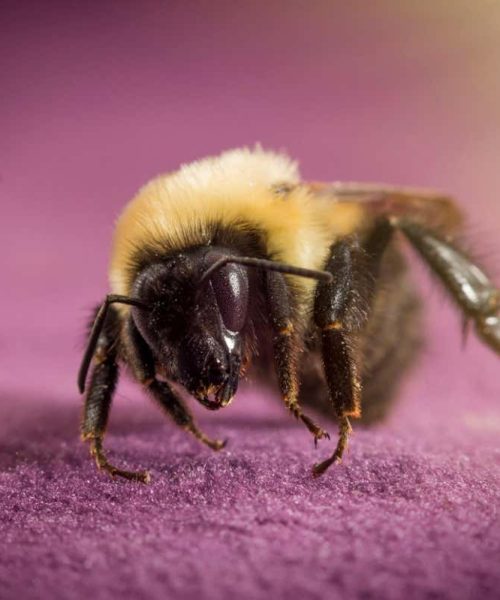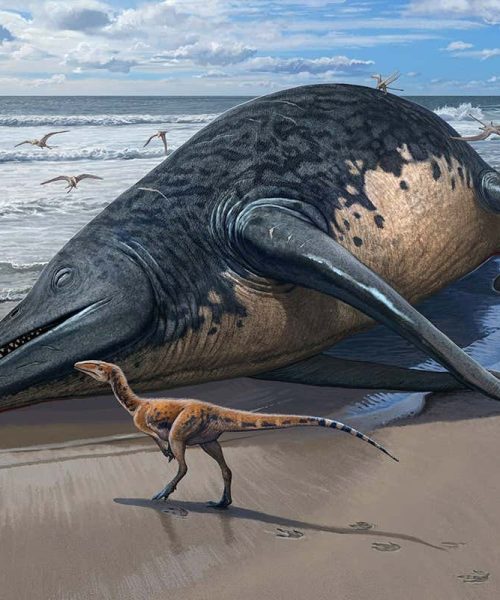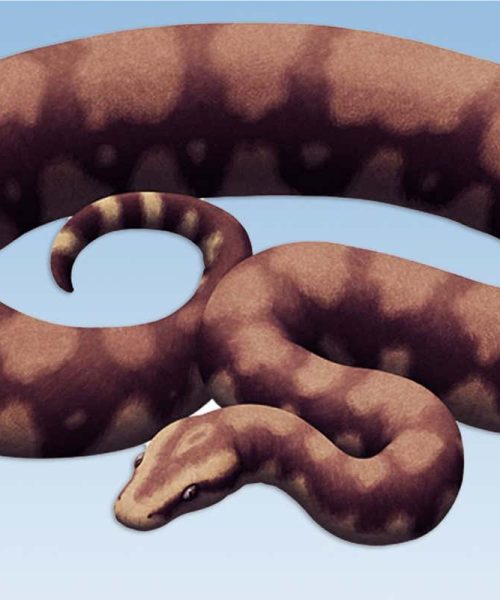An experiment in beetles shows that when parents care for their young, the population accumulates more mutations over time, but this may have benefits

Adult burying beetles sometimes look after their offspring
Andrew Newman Nature Pictures / Alamy Stock Photo
An evolution experiment involving beetles has provided the first direct evidence that caring for offspring results in the accumulation of more genetic mutations in a population.
Some of the mutations are likely to be harmful, but there is also a positive side, as having more variation may allow populations to adapt and evolve more quickly when circumstances change.
“You’re holding in a lot of deleterious stuff,” says Rahia Mashoodh at the University of Cambridge. “But also, you’re holding in potentially a lot of good stuff that is going to help you rapidly adapt.”
Advertisement
Mutations are constantly occurring in cells, meaning that all animals have mutations their parents didn’t have. Every human has around 50 to 100 new mutations, for instance. Many of these mutations make no difference, a few might be beneficial and some are harmful.
There are also evolutionary processes that remove mutations from animal populations. Individuals that inherit lots of harmful mutations are more likely to die without reproducing.
The average number of mutations in individuals in any population – called the mutation load – depends on the strength of these evolutionary processes, and will change when their strength changes. It has been suggested, for instance, that the decrease in child mortality around the world over the past centuries is leading to an increase in the mutation load.
In theory, parental care in any animal should lead to the accumulation of mutations in the population by enhancing the survival of offspring, but this has never been put to the test. To do so, Mashoodh and her colleagues have been experimenting with burying beetles (Nicrophorus vespilloides), also known as sexton or carrion beetles.
These beetles seek out the dead bodies of small animals such as mice or birds. A male and female will pair up at a corpse, fight off other beetles and bury the body. They will then remove any feathers or fur on the corpse before coating it in antimicrobial fluids to form a so-called carrion nest. They also remove the gut and smear it over the nest. Then they lay eggs nearby.
Unusually among beetles, the parents may stick around and care for the young. They not only protect them from predators, but also feed the larvae regurgitated carrion. The larvae even beg for food by raising up the front half of their bodies.
The level of parental care varies in the wild, Mashoodh says, with the adults sometimes leaving after laying eggs. So she and her colleagues set up four populations of 60 to 80 beetles in the lab. In two, the parents were removed after laying eggs. In the other two, the parents remained with their offspring throughout their time as larvae. The populations were allowed to evolve over 30 generations, and the entire genomes of a few larvae were sequenced with each generation.
The “no care” populations rapidly evolved to cope with the loss of parental care. For instance, their mandibles became larger to help them penetrate the carrion nest, and they also became more social and cooperative with their siblings.
“They have to rely on their sibling instead of their parents,” says Mashoodh. “They’re able to rapidly adapt because they harbour so much genetic variation.”
When the experiment was brought to an end by the covid-19 pandemic, there was less genetic variation among the no-care populations than among the cared-for populations, as measured by the number of single-DNA-letter mutations. “If we remove care, a lot of genetic variation is whittled away,” says Mashoodh.
The team also showed that many of these mutations are harmful. When they inbred beetles that got parental care – so that offspring had the same mutations in both copies of genes, not just one copy – the populations rapidly went extinct, says Mashoodh.
“It is very interesting work,” says Ruben Arslan at the University of Leipzig in Germany, whose work suggests unexpected processes are limiting the mutation load in people despite the fall in child mortality. “This has been much-discussed and posited but without much experimental evidence to show for it.”
Katrina McGuigan at the University of Queensland in Brisbane, Australia, has some concerns about the study’s methods. “At a brief glance, I’m somewhat sceptical of the interpretation that the parental care treatments did differently affect the genetic variance,” she says.
But Mashoodh says the team have taken the issues raised by McGuigan into account in their calculations.
Reference: bioRxiv, DOI: 10.1101/2023.01.09.523216
Sign up to Wild Wild Life, a free monthly newsletter celebrating the diversity and science of animals, plants and Earth’s other weird and wonderful inhabitants
More on these topics:
